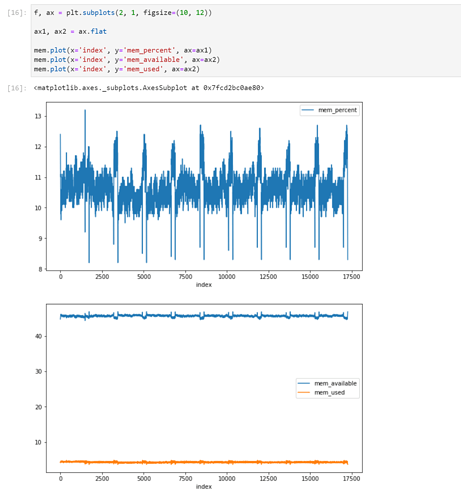I found your notebook when I tried to find an example for callbacks to do Telegram notifications.
Thanks it helped me a lot…
I tried your notebook on my GCP instance, and seems I had no memory issues:
I used GCP:
skylake Xeon 8 vCPU, 52GB, hdd, V100
